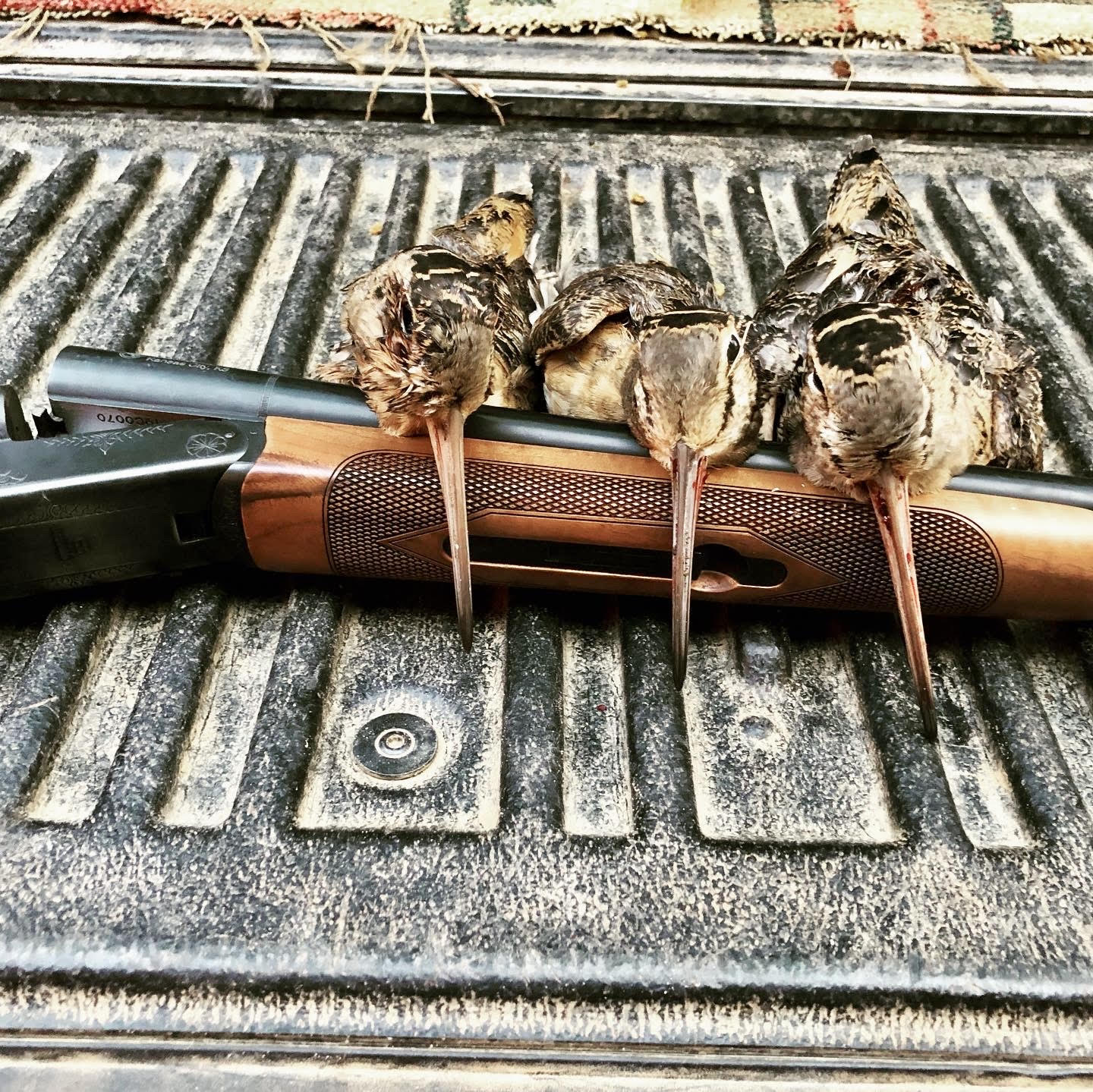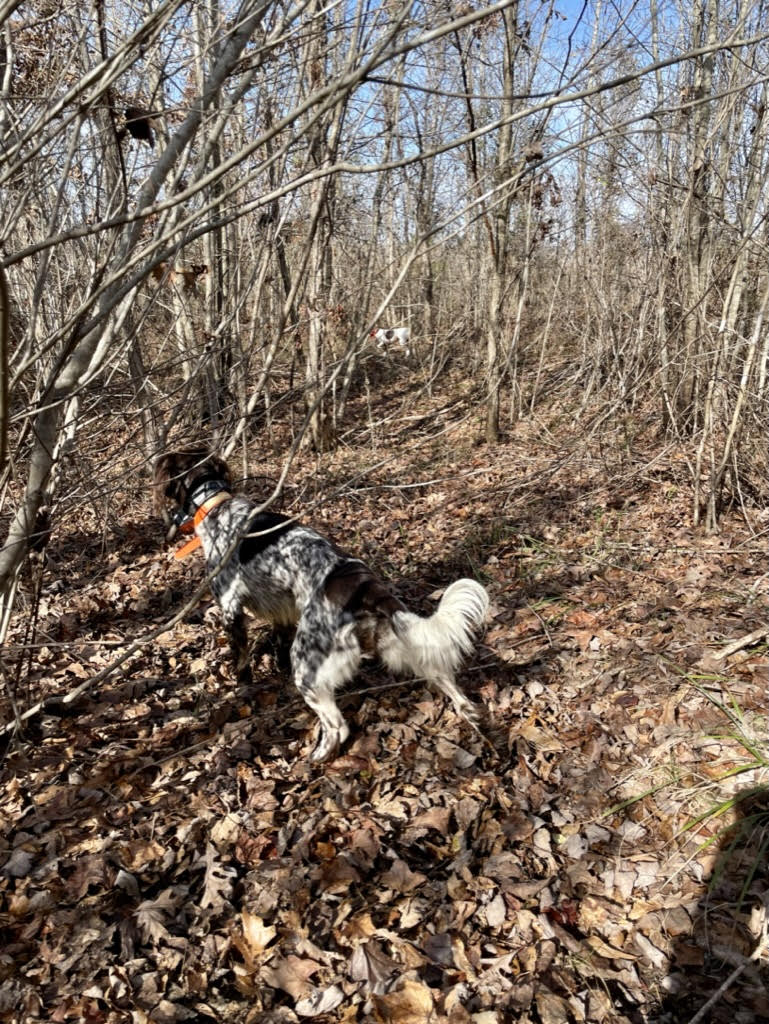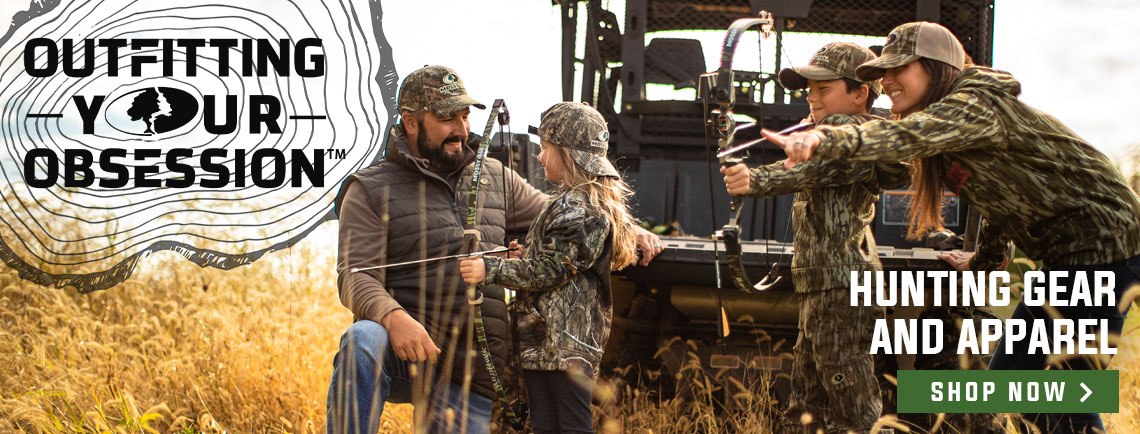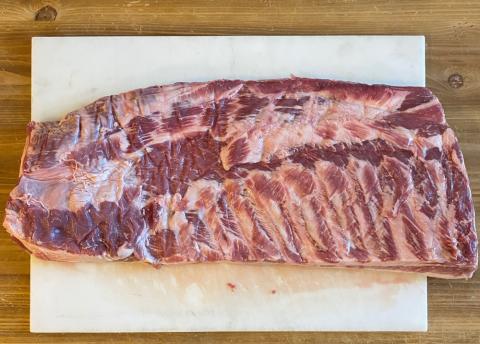By Nick Adair, founder of Gun Dog It Yourself

Check out Nick Adair's woodcock bird hunting tips to learn pro techniques for successful hunts when the flight of these birds peaks.
I'm constantly amazed at how many outdoorsmen spend endless days in the woods and have always heard the sound that resembles the croak of a frog mixed with a cat. They've heard it countless times while sitting in the deer stands but most never realize the creature making that sound is one of the most traditional game birds found in North America: The American Woodcock. That frog-cat croak is actually the Woodcocks “peent” and you would be hard pressed to find as exciting of a hunt as you can when the flight of these birds is just right!
The American Woodcock is one of the most unique gamebirds you can find. They’re about a softball sized ground nesting migratory bird that has a 2.5 inch flexible beak used to probe for worms in soft soil. They also put on one of the more impressive breeding presentations in the spring time known as the “Sky Dance” that conservationist Aldo Leopold wrote were “a refutation of the theory that the utility of a game bird is to serve as a target, or to pose gracefully on a slice of toast.” Theyre lovingly labeled by numerous nicknames such as Timberdoodes, Bog Suckers, Mud Bats, and the list goes on. The American Woodcock is a fascinating bird that anyone can find hunting success with minimum gear, a little base knowledge, and perhaps a dog or two!
Gear for Woodcock Hunting
One of the great things about Woodcock hunting is you don't need much in terms of gear to get after them. The gear is relatively simple and can be summed up into durable clothing, a shotgun, water, and maybe a snack or two. The durable clothing is a must as you will be going through some of the thickest and nastiest cover that you can imagine. Briars, thorns, sticks, etc. are all known to produce a few croaks that don't belong to the birds. I would also suggest keeping a pair of gloves and eye protection handy as well. A game vest is always welcome on an upland hunt but you could do with just a small backpack even. Just be sure to check your local blaze orange requirements before heading into the woods.
The shotgun can be any gauge or style that you swing well. It's advisable to carry a shotgun that you don't mind getting dinged up a little bit throughout the hunt. Beyond that, put an open choke in the shotgun (at least a Modified choke but I personally use a Cylinder and/or an Improved Cylinder choke) and a small shot such as 7.5s and you're good to go. There are a few tricks to shooting these birds but it doesn't matter if I tell them to you or not because you’re still not going to believe you can even shoot the bird once you see one flush for the first time! The key to shooting them is to practice your gun mount beforehand to the point it's just instinct because you’ll typically only have a split second to aim and pull the trigger. You don't have time to aim at most flushes!
Besides wearing the clothes that will hold up and a shotgun you don't mind buffing out a time or two, be sure to bring plenty of water and a snack. It sounds pretty elementary but upland hunting involves walking. A LOT of walking. Even on cold days you’d be shocked at how much water you can burn through. Even more so if you have a dog or two on the ground alongside you. With all of that walking, I usually find myself a good distance from the truck at some point when I need a little break so I try to make sure to bring a quick snack or two to replenish what I've burned over the miles already walked. Being that we are talking about opportunities in the Southeast, I don't think you can go wrong with a few Little Debbies but that's just me. You can go healthier if you want but I can't recall an Oatmeal Cream Pie ever steering me wrong.
How to Hunt Woodcock
After you’re geared up and have a day pack ready, you need to know where you’re going. First thing to note on Woodcock is that they are migratory birds. That not only opens up additional regulations you need to be aware of, it also means you need to time the migration correctly to be successful. This is one of the benefits of listening for them while already out doing other types of hunting in the woods. Once you start paying attention, over time you’ll not only start to pattern the usual times they begin trickling in every year but also recognize the weather patterns that usually push them down from up north. The first rule to hunting migratory birds is that they have to have migrated down to us first! Then once they arrive, they can be gone just as fast so don't wait when given the window of opportunity!
Generally Woodcock like soft penetrable soil because they primarily eat earthworms. The birds are nocturnal and will migrate at night and rest or feed during the day. Usually it's not so much the cold that pushes the birds out but rather how hard the ground gets. If the ground freezes or dries out to the point they can't probe their 2.5” beaks into the ground to find worms, then they've got to move on! Another tip is just like most animals we hunt and thats to follow their food. As they primarily target earthworms, learn to recognize the different type of soils that worms prefer such as the dense rich clay soils. Sandy soils typically drain and dry out quicker. You can actually look up local types of soils and maps for each state or region and then overlay them to figure out which local public lands fall into the ideal soil regions. (Example: Alabama Regional Soil Map)
Once you figure out the general region and/or property you’re trying to target, now its time to focus on the type of habitat or “cover.” What are these birds hanging out in all day? There's a saying with Woodcock and that is “Woodcock are where Woodcock will be.” I witnessed this crazy bird on a median in downtown Nashville a couple of years back. That being said, you can have a higher chance of finding these birds in dense early successional forests. You are after sections of high stem density along with the soft penetrable grounds we previously discussed. All of this ultimately means: a high number of young trees and shrubs ideally with a soft ground. This is obviously an oversimplification but with enough miles walked looking in this type of cover, you will eventually start piecing together the more specific types of sections they prefer. Over time you can also get daily proficient at locating some of these types of areas based on aerial/satellite maps such as OnX Maps or Google Earth. A good rule of thumb in the Southeast is to look for areas of forest that have been cut between 5-12 years ago. Again, the age of a cut is not exactly a requirement because they will be where they will be!
How to Hunt Woodcock with Dogs

A question I get asked a lot: “Can you not hunt Woodcock without a dog?” My response is usually “Yes, you can absolutely hunt these birds without a dog. You don't HAVE to have a dog. But you really WANT to….” You can definitely hunt without a dog but a quality dog can not only raise your chances of success but it raises the overall enjoyment. These birds have an extremely high level camouflage and they rely on that heavily. Without a dog’s nose it is very difficult to spot these animals. Oftentimes you can't see the birds even when you are standing right on top of them. They are more than happy to sit tight and watch you walk right on by so as not to reveal themselves. This is where the dog comes in and helps level the playing ground for us!
Them relying on their camo so much makes them a challenge for flushing them without a dog, but they're GREAT birds to hunt over a dog! Even a young or inexperienced dog. The birds generally (not always) hold longer for dogs making the action a lot of fun to watch transpire. The bird can be very forgiving to a young pointing dog that perhaps doesn't have the best “manners” on the bird just yet. The dog can get a little closer before establishing a point and the bird won't flush before you can get there and prepare for a shot. This affords a young dog some very valuable bird contacts in its early development. They’re also a lot of fun with a flushing style dog because the birds will allow you and the dog to get a lot closer before flushing out. This allows the dog to kick it up with the gunner being in closer shooting range. Whether it's a pointing or a flushing dog, adding your best friend and family companion greatly adds to the enjoyment of the day.
At the end of the day we are all after one thing: to have fun and enjoy our time in the outdoors. Woodcock hunting in the Southeast still affords us that opportunity. Whether you’re good at it or even have an interest in trying to get better at it, you can still go out and have a lot of fun while hunting and scouting for other species at the same time. I often bring back numerous rabbits and squirrels after a walk. Some of the best deer hunting can be found in early successional high stem density covers. I have a pile of quality deer sheds that I've compiled while upland hunting in the woods. You will be amazed at how much more you can learn about your area once you start dropping pins on all of the rubs, scrapes, and trails you'll come across. Even if it's just an excuse to extend your hunting season beyond deer season, or you're out there trying to reclaim some of the magic of upland hunting within your life, Woodcock are more than a worthy and capable target for you.































